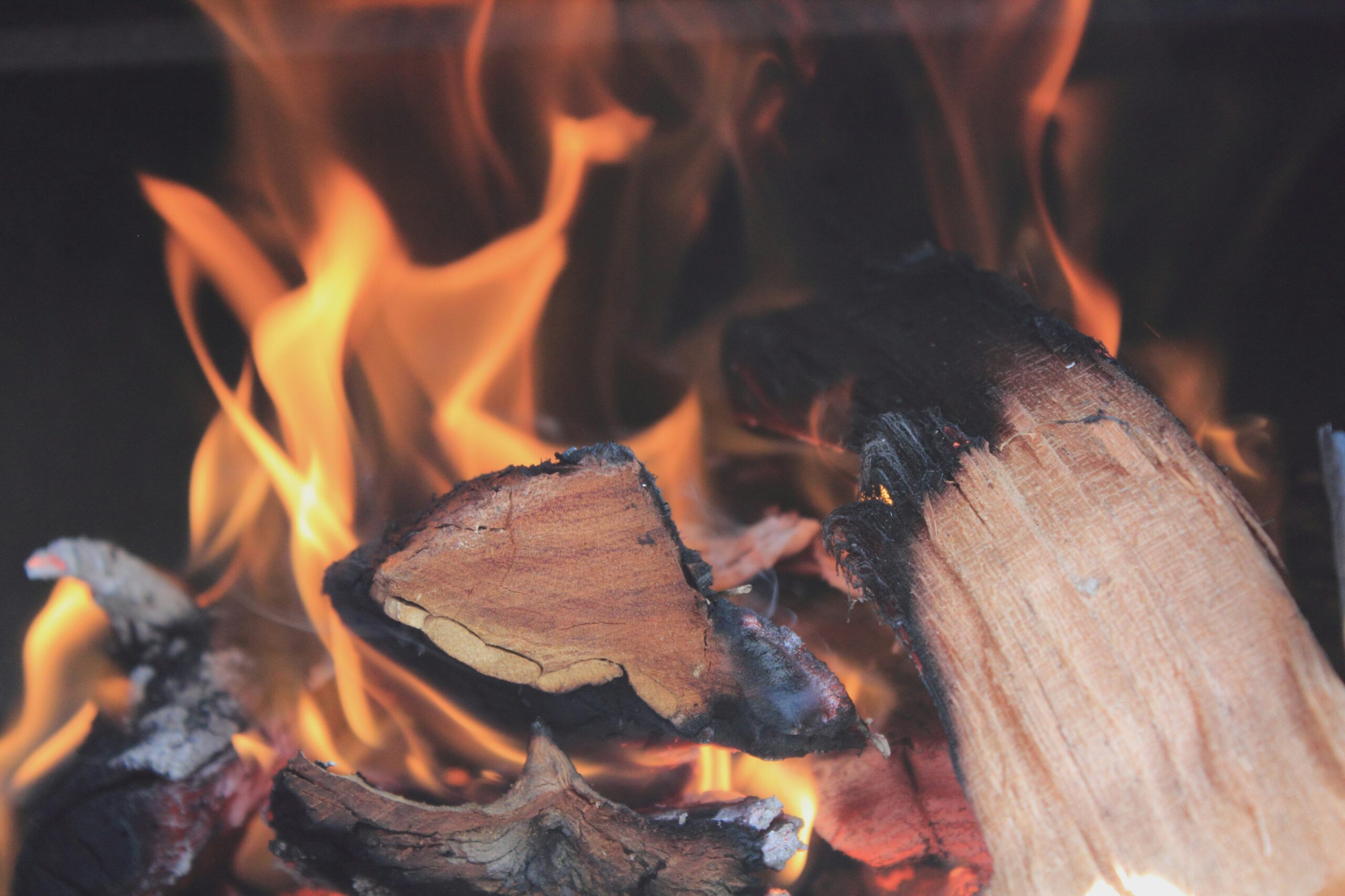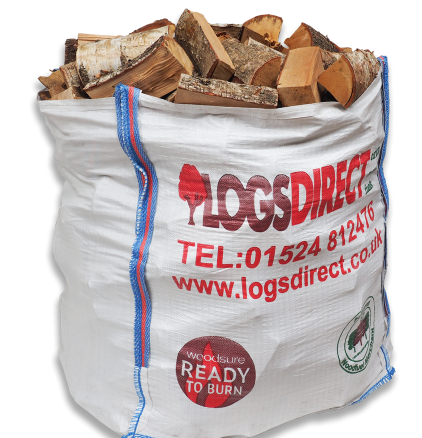
So, you’ve bought a brand-new log burner, had it installed, and you’re ready to keep yourself warm this winter. One thing you might not have considered is how best to keep your firewood protected so it’s as dry as possible and ready to burn.
Not only can the weather of the season dampen the logs, increasing the moisture content and leading to more harmful emissions from the burning process, but mould and fungi can also grow, making it unsustainable to burn.
Logs Direct, one of the leading suppliers of kiln-dried logs in the UK, has produced this helpful guide to better understand how to store and protect your logs from the elements.

Storing your logs outdoors
Choosing where to store your logs during the winter is hugely important in preventing them from becoming unusable. If you have a log store outdoors where you keep most of your supply, there are a few ways you can protect it without having to move all of it indoors. This can be by using pallets or a platform to raise the store from the ground, so the damp ground doesn’t transfer to the logs.
Similarly, making sure they’re appropriately covered with a small roof or tarpaulin can make a huge difference in protection. Keep the area as dry and ventilated as possible to prevent moisture content from increasing.
Stacking your logs
One thing to note when storing your logs outdoors is how you stack them as, while it improves the amount of space you have available, improper stacking can ruin your logs and make them incredibly inefficient for burning. Knowing your local weather also has an impact on this, so if you’re in an area of the UK which is scheduled for rain throughout winter, stacking the firewood with the bark facing the ground is important, whereas those living in snowy winters should stack the wood with the bark facing upwards.
Now you can begin stacking, which should begin with the larger logs or pieces of wood at the bottom in level rows. This will provide a solid base and mean that it won’t lean as you’re stacking it. As you lay logs down into your pile, keeping small spaces between the rows will mean you get airflow and ventilation. You should never stack these piles too high as it can become a safety hazard, so it’s best to keep it to around four feet high or below.
Bringing your wood indoors
It’s always good to have a small supply of dry logs in your home either in a wicker basket or another storing option that offers them a lot of ventilation. It’ll make those colder days when you don’t want to head out to the log store when the weather is bad much easier.
Just remember when you’ve brought it inside to keep it out of the way. There’s not much worse than tripping over things when it can be avoided, and if you have kids or pets running around the home, you’re eliminating the risk of injuries through falls or even splinters. Keep it stored near the burner or tucked into the corner of the room so it’s within reach but not a hazard.
While it might not feel like it, there are lots of things to consider when it comes to log storage, particularly in winter when the weather gets much colder and damper. But with only a few small adjustments, you can keep everything dry and ready to burn.
